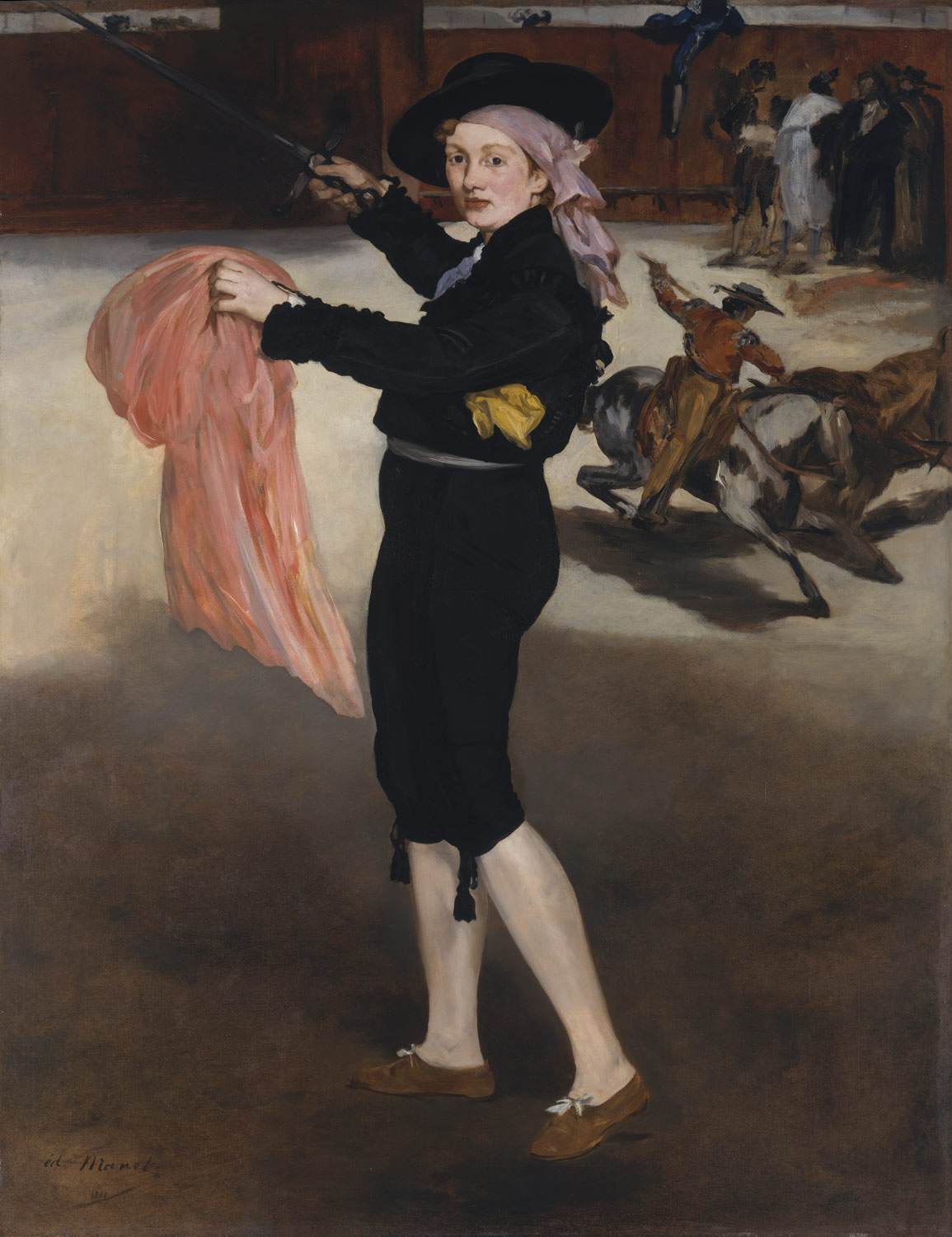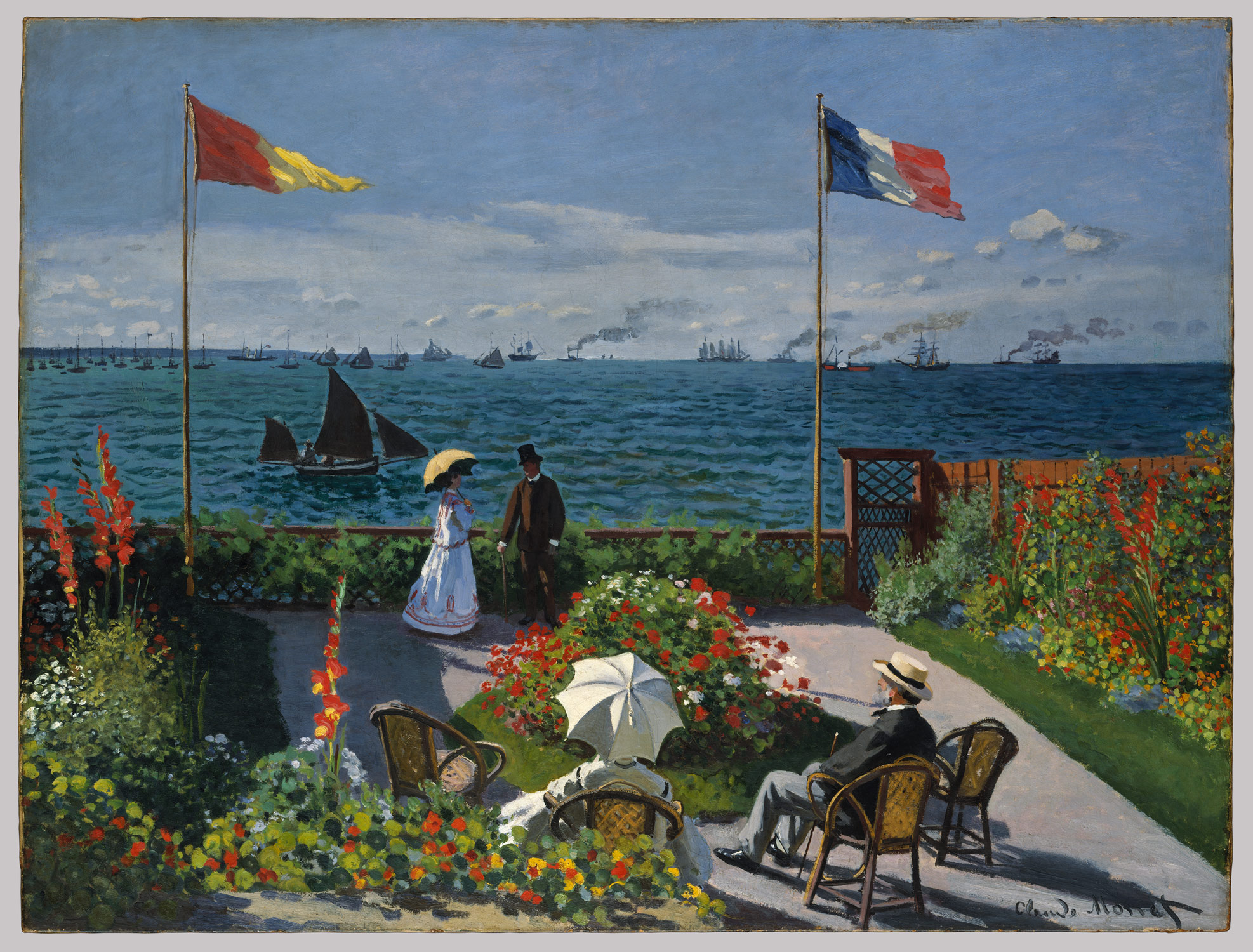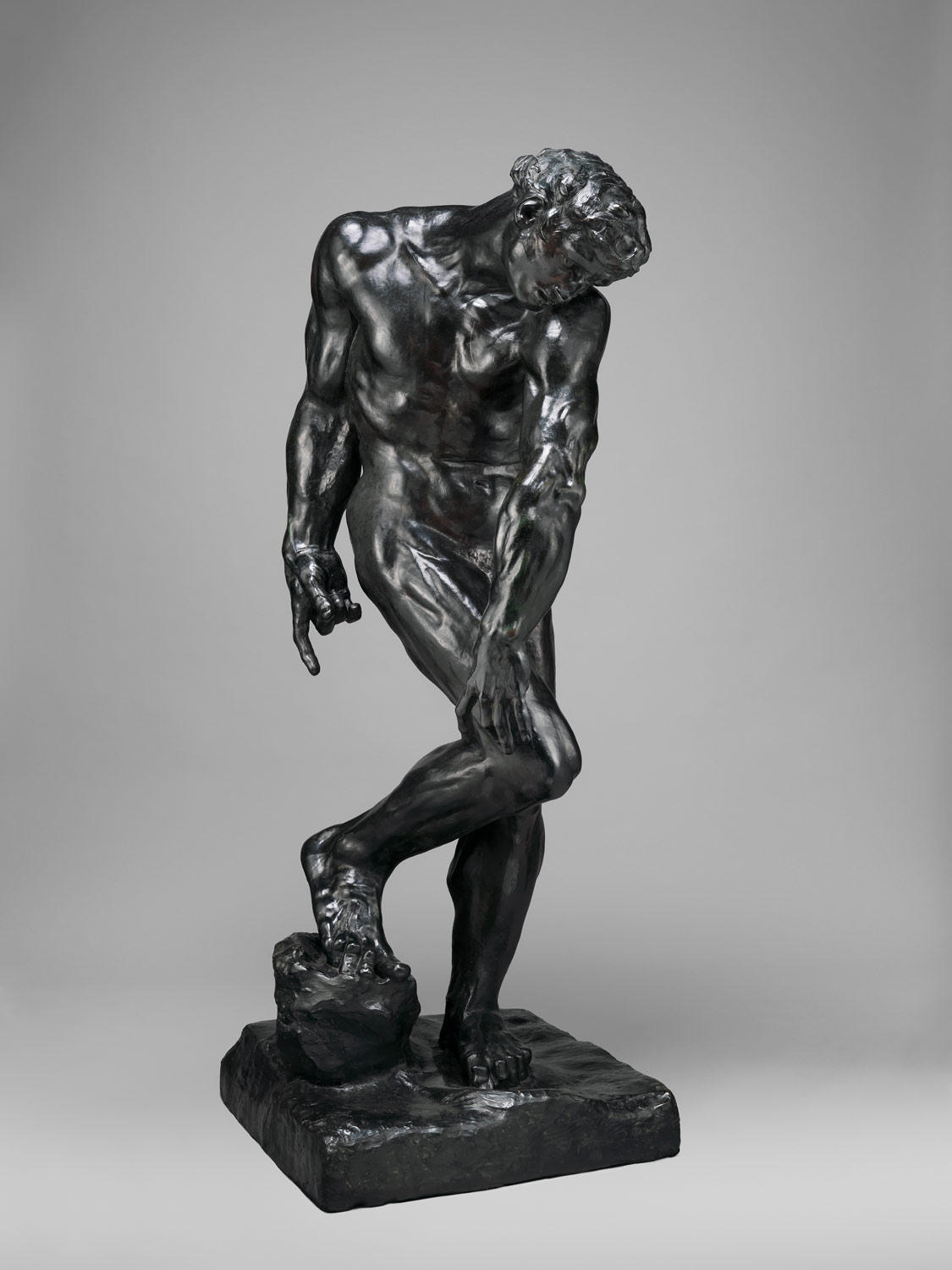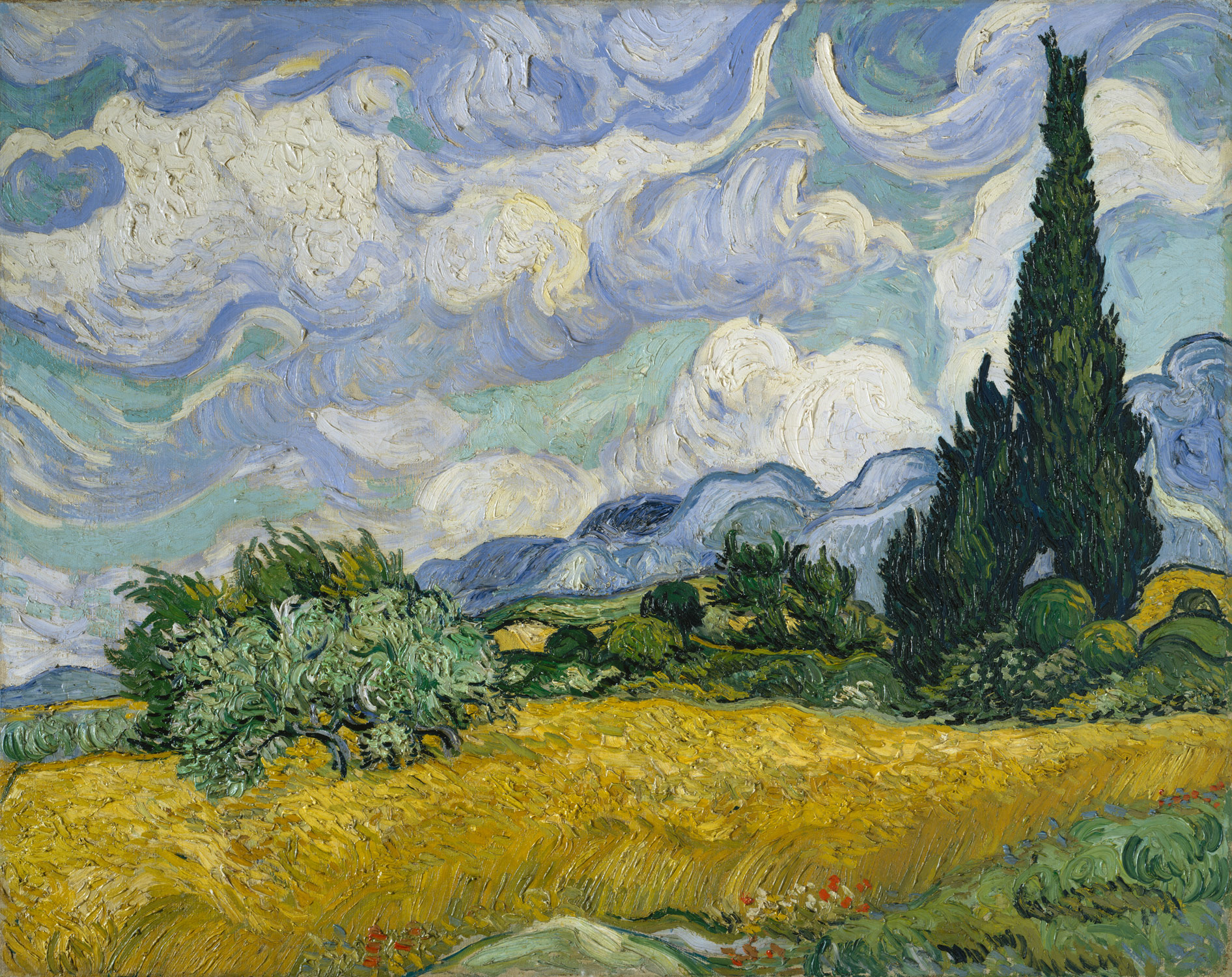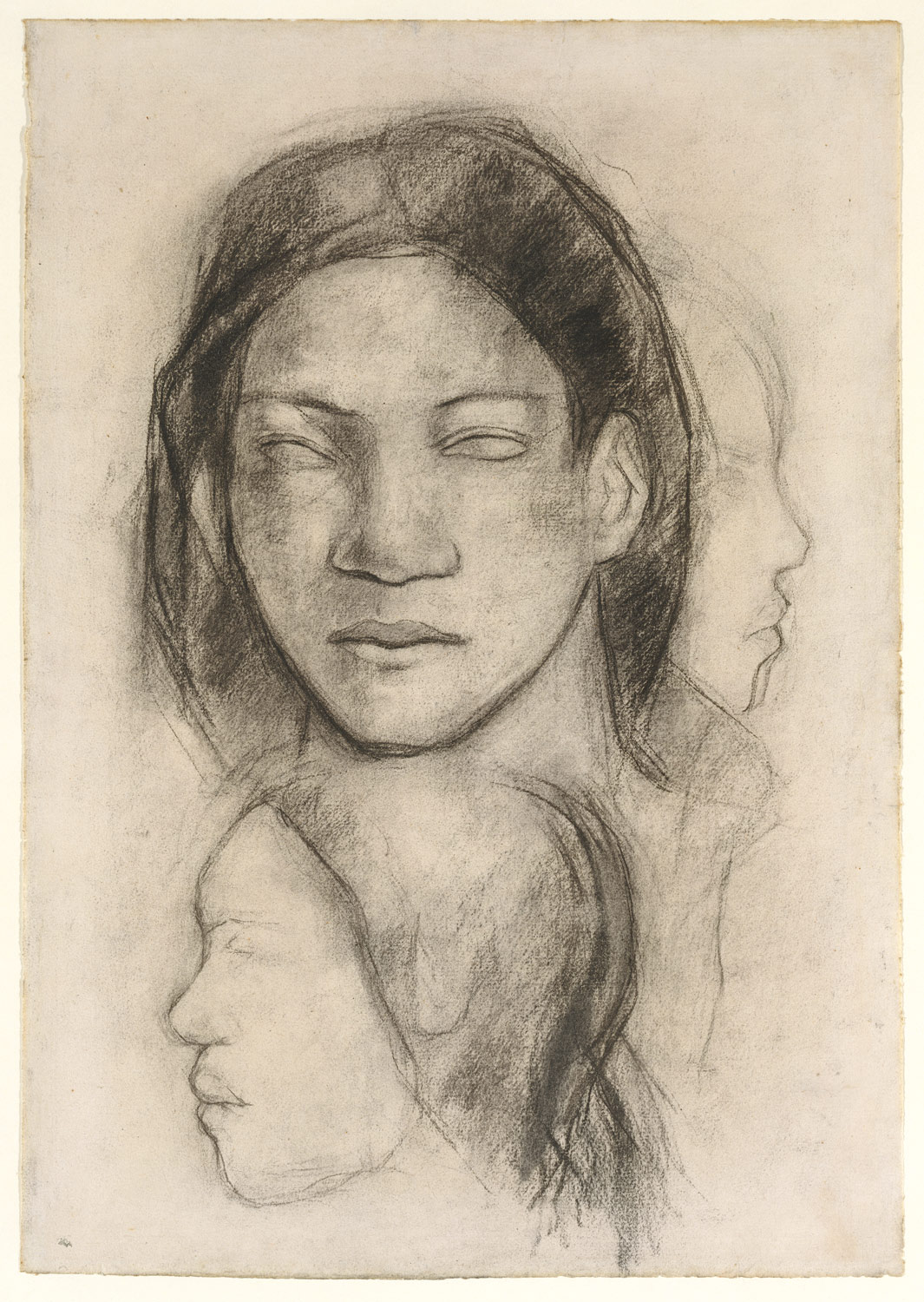At the turn of the nineteenth century, France is governed by Napoleon as First Consul. As emperor, Napoleon sanctions the Neoclassical style, embodied in the art of Jacques-Louis David (1748–1825). Meanwhile, the seeds of Romanticism—sown here and elsewhere in Europe by contemporary writers, poets, and philosophers—give rise to an aesthetic that exalts emotion, nature, and the sublime over rationalism and classicism. Around mid-century, in the midst of class struggles and the wake of civil uprisings against an oppressive government, Romanticism is supplanted by Realism in the visual arts and literature, which focuses on modern subjects and the lives of the lower classes.
Two major artistic movements dominate the second half of the century. A group of painters known as the Impressionists also take up themes from modern life, executing primarily landscape and genre subjects with broken color and loose brushwork that reflect the transitory nature of the images they depict. In response, a group of artists known as the Post-Impressionists develop independent styles of painting that reject the objective naturalism of the Impressionists. At the century’s close, or fin-de-siècle, many artists, designers, and collectors promote an artistic reform leading to a style known as Art Nouveau. Based on asymmetrical, organic forms and influenced by Japanese art, the Art Nouveau style emerges in painting and the graphic arts as well as in architecture and the design of everyday objects.
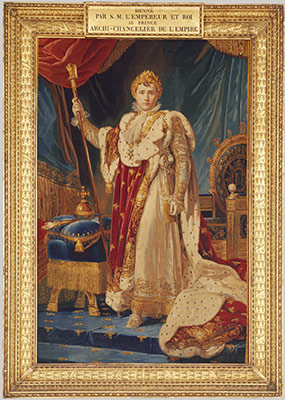
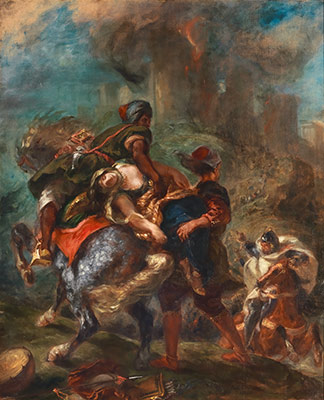

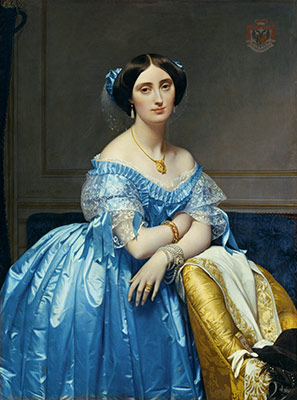
![[The Great Wave, Sète]](http://www.metmuseum.org/toah/images/h5/h5_1976.646.jpg)
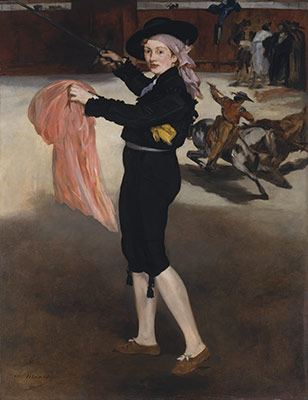
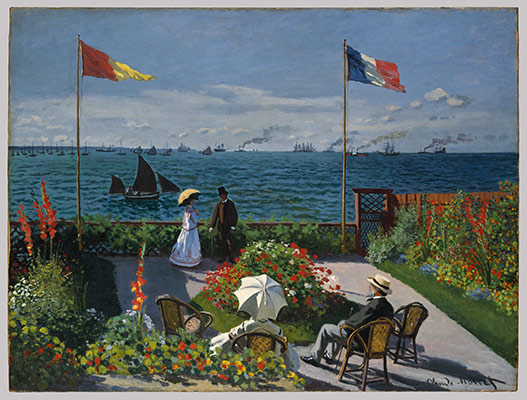
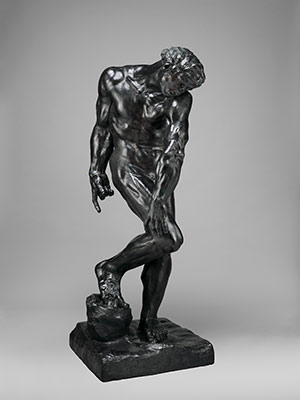

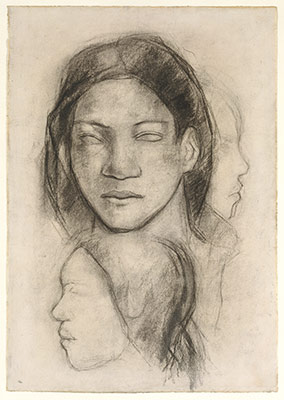

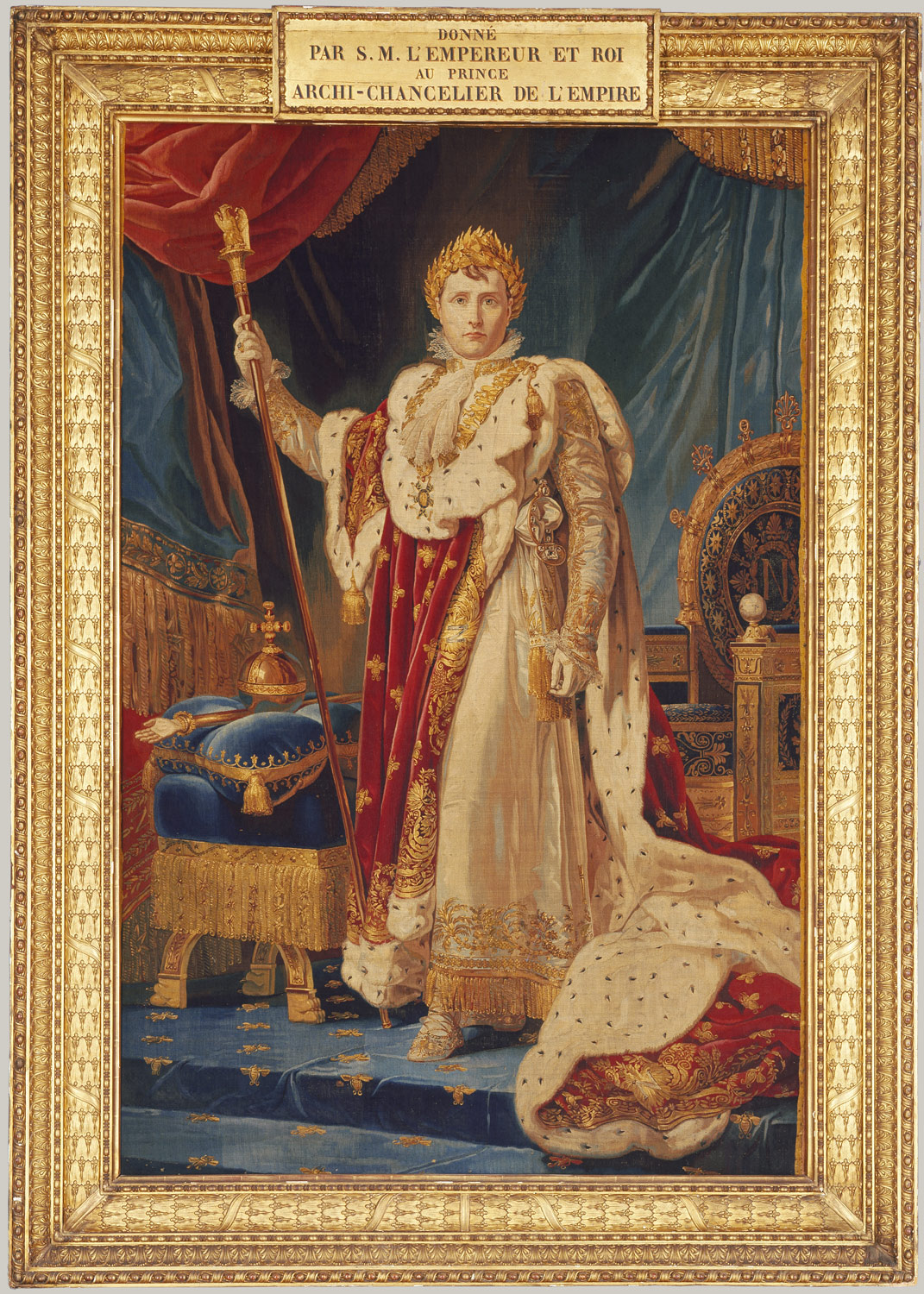
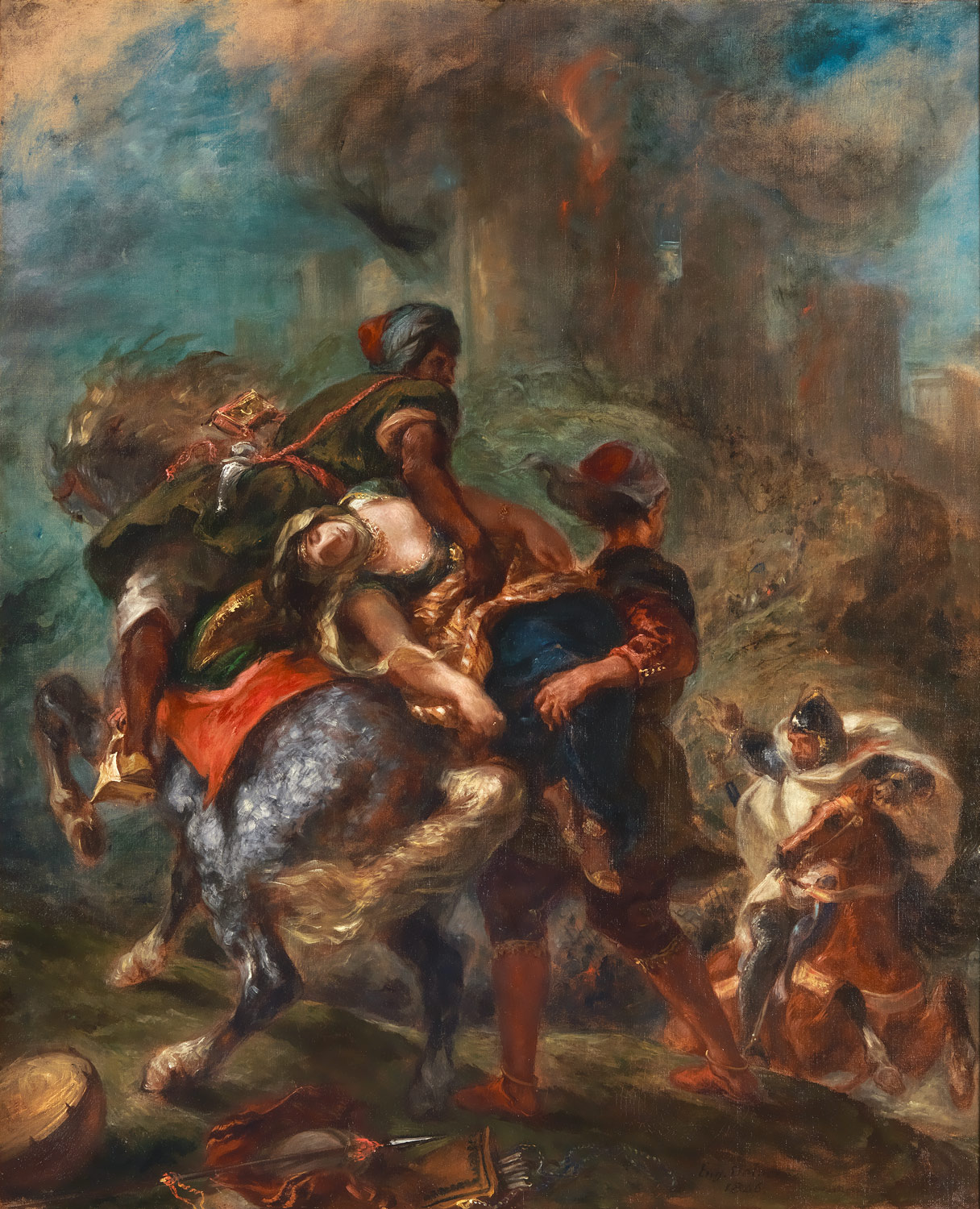
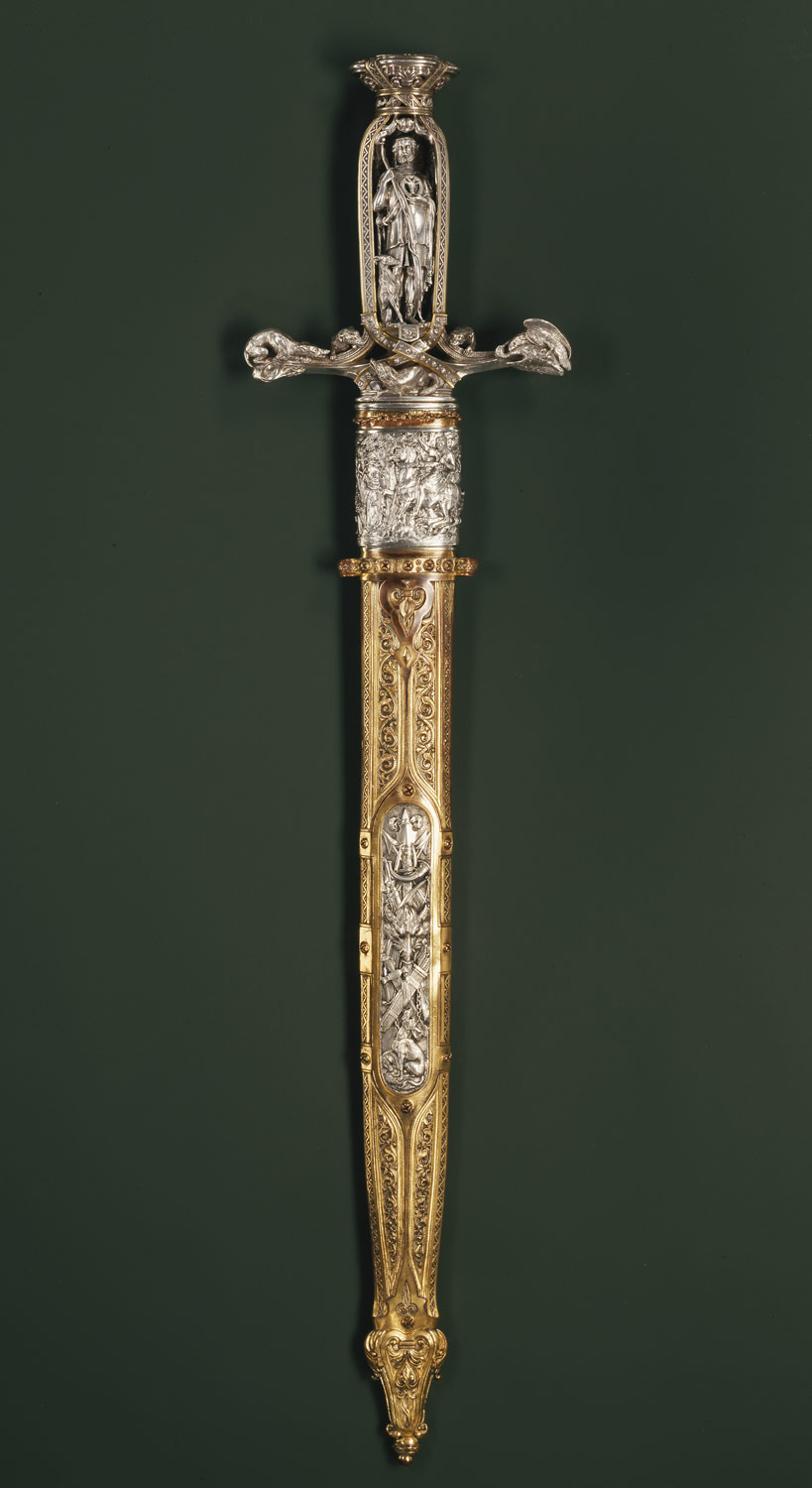
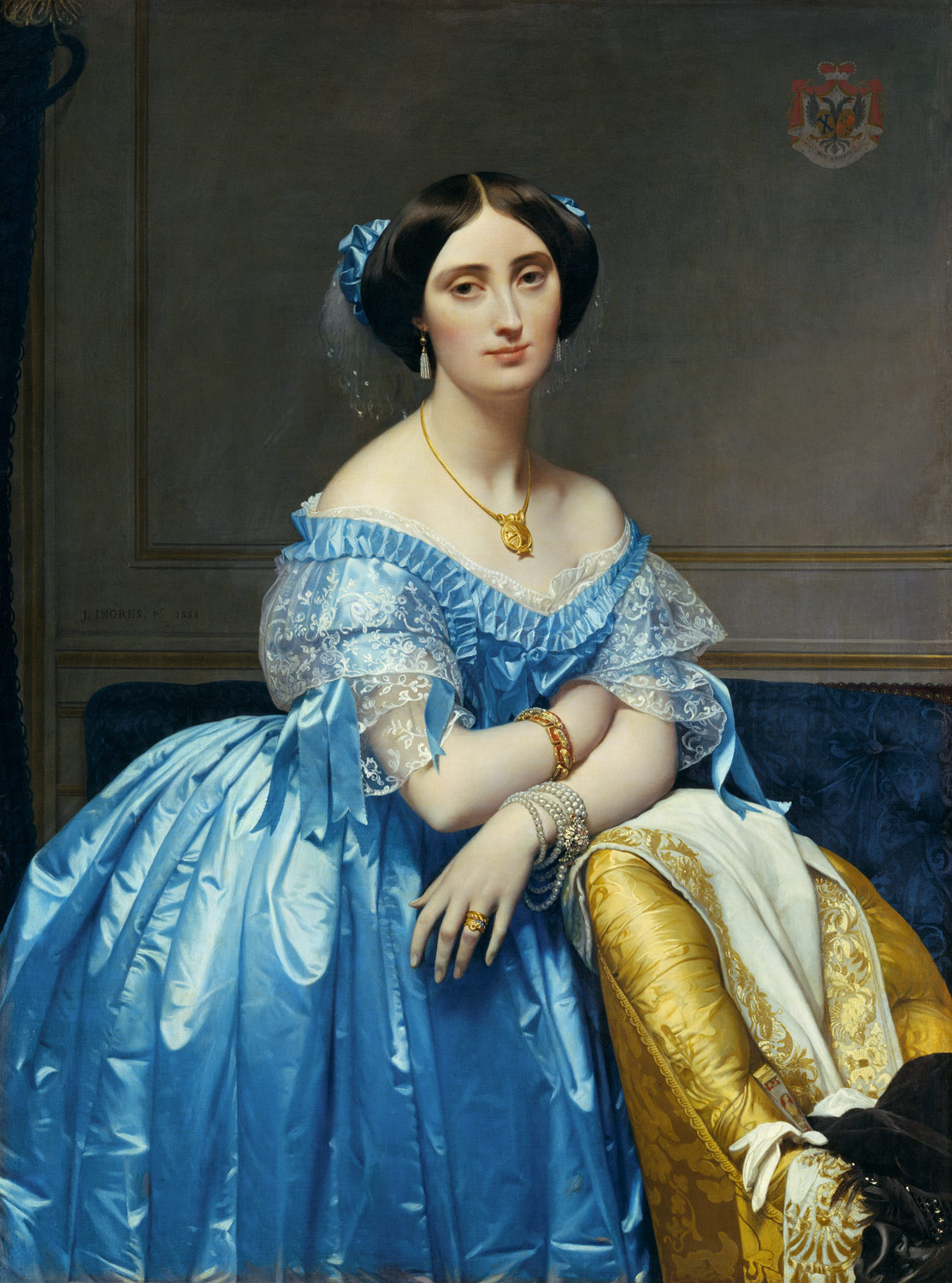
![[The Great Wave, Sète]](http://www.metmuseum.org/toah/images/hb/hb_1976.646.jpg)
